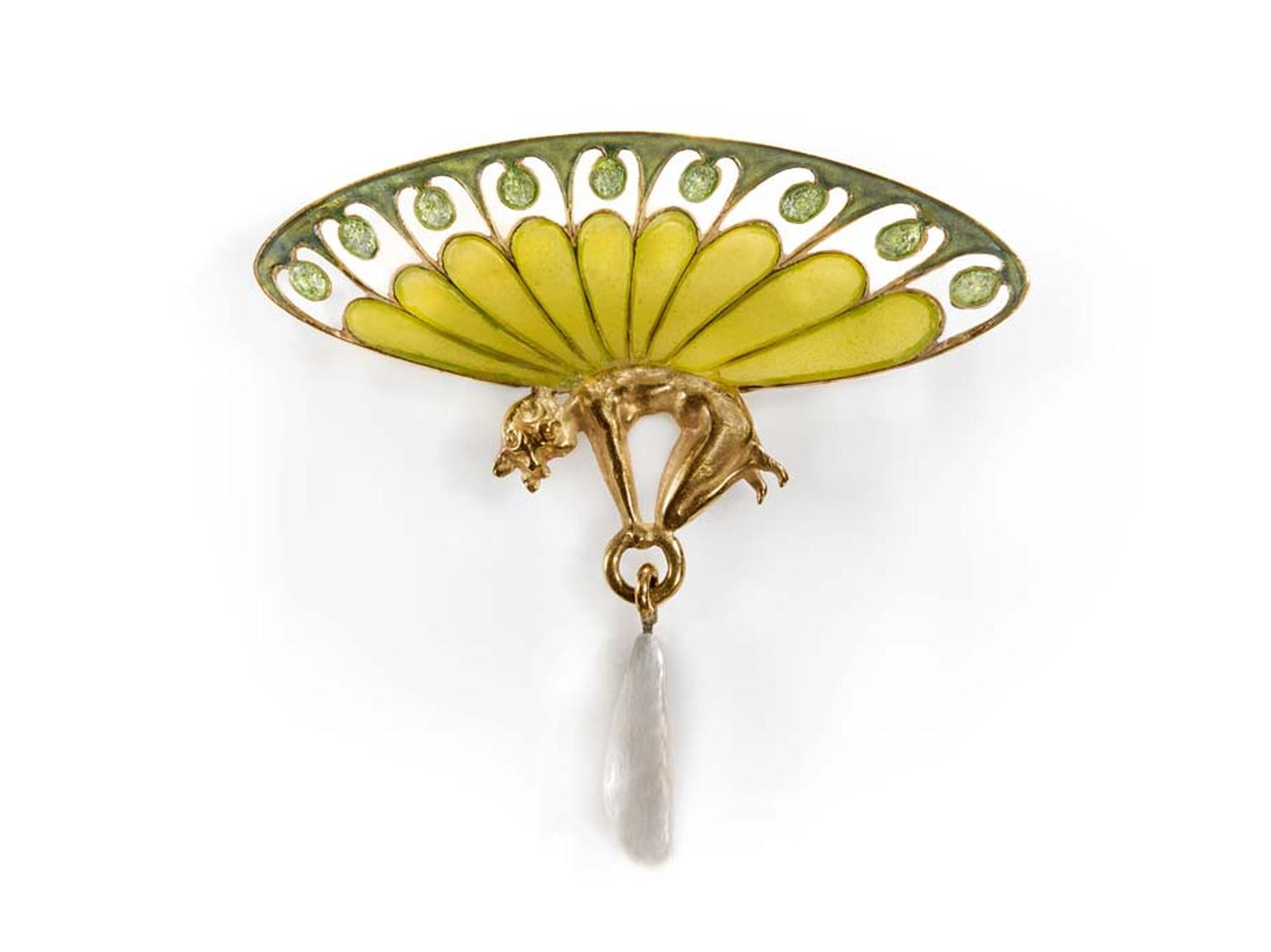By Leslie Jordan Clary
The period between the Victorian era and the First World War marked a turning point for jewelry, particularly in its relationship with women. A new exhibit, Maker and Muse, which opens on Valentine's Day at the Driehaus Museum in Chicago, highlights the contribution women made to this era of vintage jewelry.
Women, who had long been named as muses, also began to make their mark in jewelry design. An aquamarine necklace by Mrs. Philip (Charlotte) Newman in its original 1890 box and a cameo brooch set between elegant angel's wings by Mrs. W. H. (Elinor) Klapp are among the highlights of the show.
Lise Dubé-Scherr, executive director of the museum, said: "The art world is embracing jewelry in a more artistic way. And it has a crossover effect. Jewelry is very popular with the public and people who might not otherwise come to a museum will come to see jewelry."
Elyse Zorn Karlin, an acclaimed jewelry historian, curated the exhibit. Dubé-Scherr said Karlin had "found the central narrative" and built the show around that. Beginning with the Driehouse's collection, Karlin looked for pieces that would complement the existing items.
The 20th century art movements in the United States and Europe brought new attention to custom jewelry as an alternative to mass-produced items. The exhibition highlights five major areas of vintage jewelry design and fabrication - British Arts and Crafts; Art Nouveau in France and Belgium; Jugendstil in Germany and Austria; Louis Comfort Tiffany in New York; and American Arts and Crafts in Chicago - and will feature never-before shown pieces from museum founder Richard H. Driehaus' extensive collection of Arts and Crafts and Art Nouveau jewelry. Additional pieces are being loaned from private collectors and museums across the country.
Many pieces pay tribute to women as muse, such as a mermaid perched delicately on a piece of coral by Karl Rothmüller and The Venus necklace by Joseph A. Hodel.
The crowning glory is the museum itself. With its stained glass dome and marble columns, it provides an elegantly appropriate setting. Dubé-Scherr said: "The backdrop will be of the same period as the jewelry so it adds to the whole experience of seeing the objects. You're seeing them in a setting where they would have been worn."
Maker and Muse at the Driehaus Museum in Chicago runs through 3 January 2016.
















